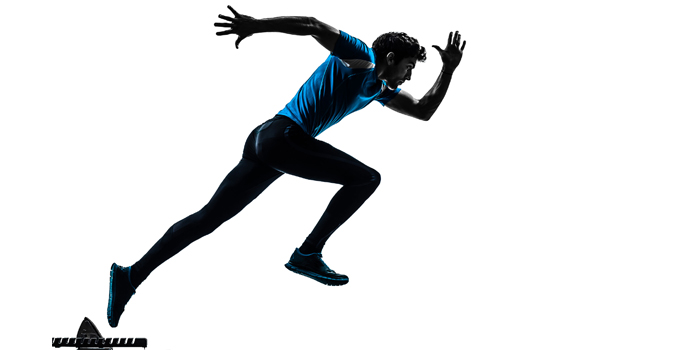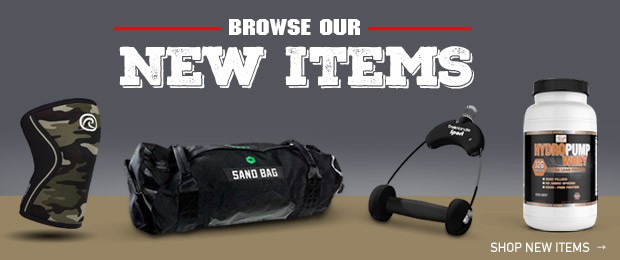
For decades, strength coaches have argued the pros and cons surrounding Olympic lifting for team sports. Many strength coaches have made their mark in the community as the “Olympic lifting guy” or the "bench, squat, deadlift guy." The coaching community is divided and it makes it difficult for athletes to gain a clear understanding of which training style is most beneficial. This article will provide a breakdown of how to properly train your athletes.
Base Level of Strength
Any athlete, regardless of the sport, needs a base level of neurological and physiological adaptation through an external stimulus. This can be initiated as an adolescent and progressed through the entirety of their athletic career.
RELATED: Triple Extension Is Important for All Athletes
The initial process of increasing athlete’s kinesthetic awareness is best addressed through relative strength movements (such as push-ups and pull-ups). It’s important that athletes, either in conjunction with or immediately following this training, have the squat, deadlift, and push/pull movements in their strength program. These movements will help build a well-versed athlete in the weight room. However, it’s important to take note of a few key points. Unless it is a powerlifter, these movement patterns are only the category and can be broken down into more sport related and required outcomes. For example, depending on the athlete, I may pick one or two main testing exercises for the squats from these movements:
- Goblet Squat
- Back Squat with Bar Variation (Straight, Duffalo, Cambered, Spider, etc.)
- Front Squat
- Belt Squat
- Split Squats
- Bulgarian Split Squats (Rear Foot Elevated)
These movements are just examples and can be customized to the athlete’s training needs. Continue reading and we will get into the additional movement patterns required for a well-rounded training program.
Triple Extension for Sport
The optimal way to enhance an athlete’s power is by creating a force-velocity profile designed to address the athletes’ specific needs. This should be a priority for any coach in the private sector to determine which power exercise is most appropriate. However, in team sports, it’s not reasonable to think there is enough time allotted for training, timing, and calculating one’s individual profile — and then repeat it for 65 to 120 athletes. Therefore, it is important to achieve proper training adaptations as needed per sport.
Triple extension is performed by creating extension through the ankle (plantar flexion), knee, and hip joints. Doing this allows for maximum power output. This power can be generated and propel you either vertically, laterally, forward, or backward, and should be programmed to allow for training in each of these planes.
For training anaerobic power, you can choose from a multitude of exercises. However, when choosing exercises it is important to understand the risk to reward ratio for each athlete and be aware that not every athlete has to do the same exercise to achieve the same adaptation. A popular saying among some highly respected coaches in our profession is that, “You can’t train a sport with a sport.” That is exactly what Olympic lifting is — a sport. Many gold medalists have spent decades mastering the highly-skilled Olympic lifts, and to ask any athlete in another sport to do so under little supervision should be considered malpractice.
Though this is true, doing variations of Olympic lifts and other powerful movements may not be as harmful. Many coaches have begun to do jump shrugs and several other power exercises such as the following in place of Olympic lifting. In the video above, I demonstrate the following variations:
- Backwards Overhead Medicine Ball Throw
- Vertical Medicine Ball Throw
- Band-Assisted Vertical Jump
- Kneeling Jump with Vertical Medicine Ball Throw
These variations are extremely safe and require little to no skill to perform at a maximal output. For these reasons, they should be highly considered as an alternative for Olympic lifts for your athletes. At the end of the day, if you follow the acronym KISS (Keep It Safe and Simple), your athletes will buy into the program and be less prone to injury.
Header image credit: ostill © 123RF.com









